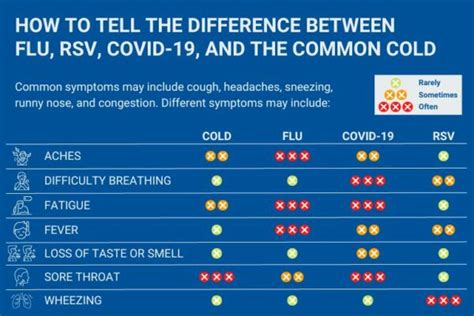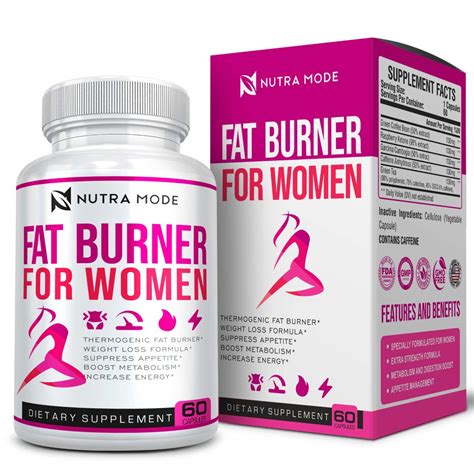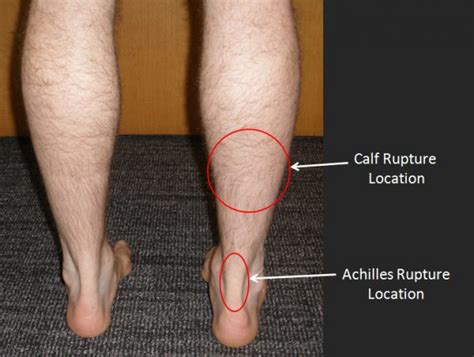Gargling with hydrogen peroxide has been a longstanding practice for maintaining oral health, particularly for promoting healthy gums. Hydrogen peroxide, with its antiseptic properties, can help reduce plaque, prevent gingivitis, and alleviate bad breath. However, like any oral health practice, it’s crucial to use hydrogen peroxide correctly to avoid potential risks and maximize its benefits. Here’s a comprehensive guide to safely and effectively gargling with hydrogen peroxide for healthy gums.
Understanding Hydrogen Peroxide Concentration
Hydrogen peroxide comes in various concentrations, and for oral use, a diluted solution is recommended. The typical concentration for mouthwash or gargling purposes is 1.5% to 3%. Using a higher concentration can lead to irritation of the mouth, throat, and digestive tract if swallowed, and potentially cause tooth sensitivity and enamel erosion.
Preparing the Solution
To create a safe gargling solution, mix 1 part of 3% hydrogen peroxide with 2 parts of water. This dilution reduces the risk of side effects while retaining the antiseptic properties of hydrogen peroxide. For example, you can mix 1 tablespoon of hydrogen peroxide with 2 tablespoons of water.
Gargling Technique
- Rinse Your Mouth: Before gargling with the hydrogen peroxide solution, rinse your mouth with plain water to remove any loose food particles.
- Take Small Amounts: Take a small amount of the hydrogen peroxide solution into your mouth. The amount should be enough to gargle comfortably without feeling like you’re going to choke.
- Gargle Thoroughly: Tilt your head back and gargle the solution, making sure it reaches all areas of your mouth, including the back of your throat and the surfaces of your teeth and gums. Gargle for about 30 seconds to 1 minute.
- Do Not Swallow: It is crucial not to swallow the hydrogen peroxide solution. Spit it out thoroughly and rinse your mouth with water afterward.
- Frequency: Gargle with hydrogen peroxide once or twice a day. Overuse can lead to dental problems, so moderation is key.
Post-Gargling Care
- Rinse Thoroughly: After spitting out the hydrogen peroxide solution, rinse your mouth with water to remove any residual solution.
- Clean Your Teeth: Follow up with your regular oral hygiene routine, including brushing your teeth with a fluoride toothpaste and flossing.
Safety Considerations
- Concentration: Always use a diluted solution. Undiluted hydrogen peroxide can be harmful.
- Duration: Limit your gargling time to prevent irritation.
- Frequency: Do not gargle with hydrogen peroxide more than twice a day.
- Swallowing: Avoid swallowing the solution to prevent digestive issues.
- Allergic Reactions: If you experience any discomfort, burning sensation, or allergic reaction, discontinue use.
Alternatives and Complementary Practices
For those who find hydrogen peroxide too harsh or are looking for additional ways to promote gum health, there are other options:
- Salt Water: Gargling with warm salt water can reduce swelling and kill bacteria.
- Essential Oils: Some essential oils, like tea tree oil (when properly diluted), have antiseptic properties that can be beneficial for gum health.
- Interdental Brushes and Floss: Regularly cleaning between your teeth can prevent plaque buildup and promote healthy gums.
- Regular Dental Check-ups: Visiting your dentist for regular cleanings and check-ups is crucial for maintaining oral health.
Addressing Concerns and Misconceptions
Q: Can I use hydrogen peroxide for gargling if I have sensitive teeth or gums?
A: If you have sensitive teeth or gums, it’s best to consult with your dentist before using hydrogen peroxide. They can recommend alternative mouthwashes or provide guidance on how to use hydrogen peroxide safely.
Q: How often should I gargle with hydrogen peroxide to see results?
A: Gargling with hydrogen peroxide once or twice a day can help maintain healthy gums and reduce plaque. However, results may vary, and it’s essential to combine this practice with regular brushing, flossing, and dental check-ups.
Q: Are there any side effects of using hydrogen peroxide for gargling?
A: Potential side effects include tooth sensitivity, gum irritation, and enamel erosion if used excessively or in high concentrations. Always follow the recommended dilution and usage guidelines.
Q: Can children use hydrogen peroxide for gargling?
A: Children should not use hydrogen peroxide for gargling without adult supervision and a dentist’s advice. The risk of swallowing the solution is higher in children, and they might not be able to understand the importance of diluting the solution correctly.
Q: How does hydrogen peroxide compare to other mouthwashes for gum health?
A: Hydrogen peroxide has antiseptic properties that can help with gum health. However, other mouthwashes might contain ingredients like fluoride, which can strengthen teeth, or chlorhexidine, which is effective against a wide range of bacteria. The choice of mouthwash depends on your specific oral health needs.
Conclusion
Gargling with hydrogen peroxide can be a beneficial practice for healthy gums when done correctly. Understanding the proper concentration, gargling technique, and post-gargling care is essential for maximizing its benefits while minimizing risks. Always prioritize your oral health by combining this practice with regular dental hygiene and check-ups. Remember, if you’re unsure about any aspect of using hydrogen peroxide or experience discomfort, consult with your dentist for personalized advice.



